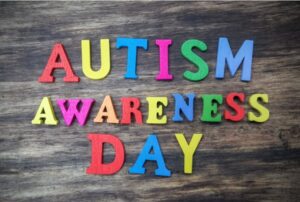What are adenoids?
Adenoids are normal lymphoid tissues located at the back of the nasal cavity, situated at the anatomical crossroads of the upper respiratory tract. They act as the first line of defense for children against inhaled antigens and microbial exposure. Adenoids are present at birth and generally enlarge with age, reaching their maximum size between 3 and 7 years old, after which they gradually shrink.
What is adenoid hypertrophy?
Adenoid hypertrophy refers to the pathological enlargement of adenoids due to repeated inflammation and stimulation of adjacent tissues.
What are the symptoms of adenoid hypertrophy?
- Nasal symptoms: Nasal congestion, runny nose
- Throat symptoms: Mouth breathing, unclear speech with nasal sounds
- Ear symptoms: Hearing loss, tinnitus
- Systemic symptoms: Snoring at night, lack of concentration
What are the risks of adenoid hypertrophy?
- Children are prone to repeated symptoms such as nasal congestion, runny nose, hearing loss, tinnitus, earaches, secretory otitis media, recurrent coughing, and nocturnal coughing.
- Long-term mouth breathing can lead to upper lip protrusion, irregular upper incisors, external dental protrusion, mandibular retrusion, facial expressionlessness, and the characteristic "adenoid face."
- Prolonged oxygen deficiency can result in growth and developmental disorders and lack of concentration in children.
How is Adenoiditis Treated?
- Mild to moderate adenoid hypertrophy can be treated with antibiotics first, and surgery may be considered if drug therapy is ineffective.
- Surgery should be considered for children with obvious symptoms such as snoring, obstructive sleep apnea, recurrent rhinitis, sinusitis, or secretory otitis media.
- Although adenoidectomy can remove enlarged adenoids, it cannot reverse the appearance of adenoid face. Therefore, parents should observe their children's symptoms promptly and seek early prevention and treatment.
Reference: WebMD、Cleveland













